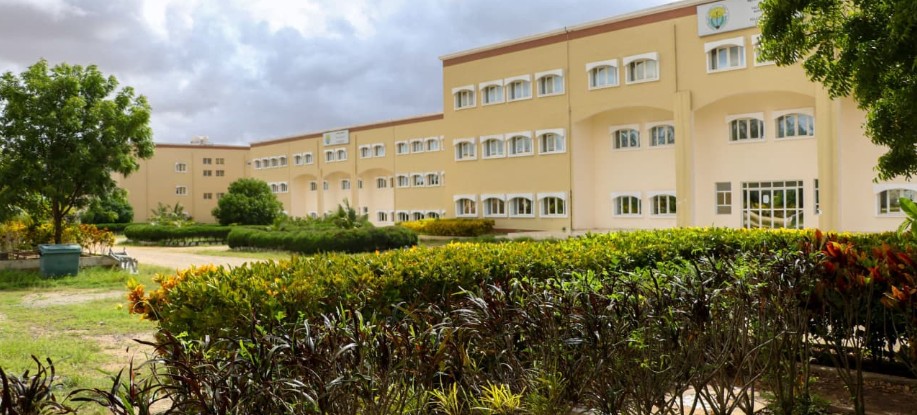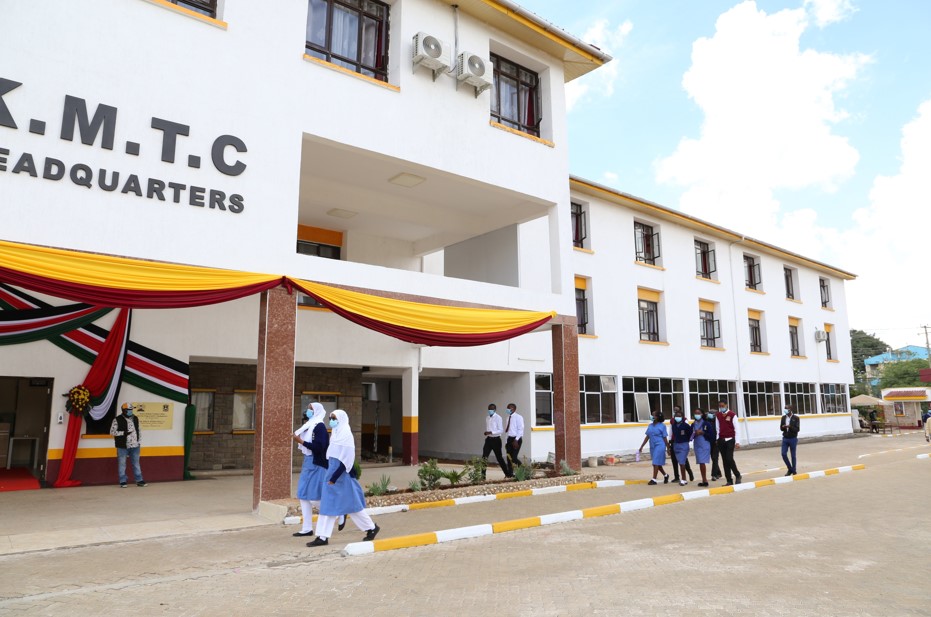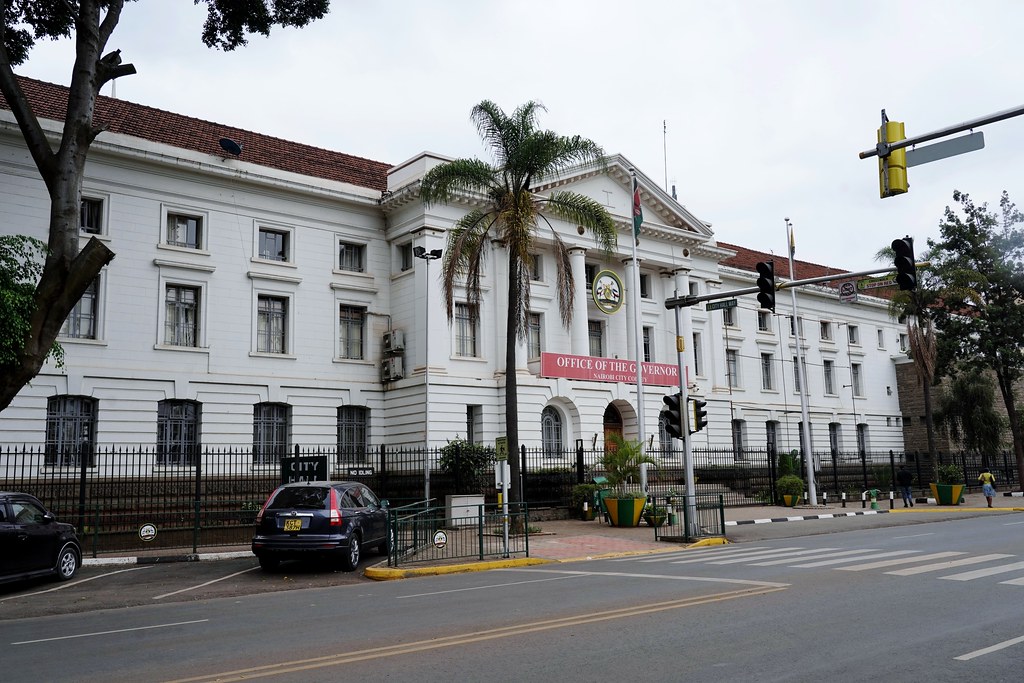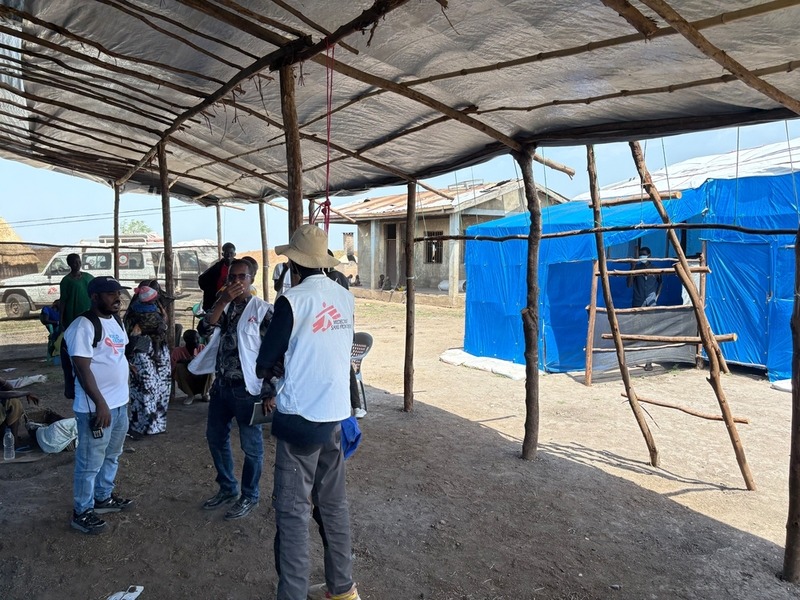Wajir’s fight against Kala-azar gains momentum as new measures take effect

Experts believe the disease's spread is linked to recent floods, which have created ideal conditions for sandflies, the insects responsible for transmitting the disease.
Wajir County is seeing improvements in its efforts to manage the ongoing Kala-azar outbreak, with medical interventions showing positive outcomes.
Governor Ahmed Abdulla has reported that local hospitals are now discharging more patients than they are admitting, signalling progress in the battle against the disease, which has claimed 29 lives so far.
More To Read
- Wajir MCAs demand answers over rising abductions after two men vanish
- Wajir police nab suspect with AK-47 rifle in ongoing crackdown on illegal firearms
- New 1MW generator boosts Wajir’s power supply, promises relief from frequent blackouts
- Stakeholders warn of increased FGM cases in Wajir during long school holiday
- Wajir’s marginalised communities demand fair representation and end to clan politics
- Turkana declares Kala-azar emergency amid record surge in deadly disease
This development comes after a collaborative effort between county and national health officials.
During an event on Tuesday in Wajir, Governor Ahmed received a blood testing machine designed to help doctors determine the exact treatment needed for patients suffering from Kala-azar.
He said the establishment of a satellite blood bank has played a critical role in managing the disease.
Since the outbreak began last September, over 600 people have been affected by Kala-azar in the county.
The Ministry of Health has also taken steps to improve the situation by deploying three mobile laboratories to patrol areas most affected by the disease, including Eldas and Wajir West sub-counties.
These mobile units are vital for reaching patients who struggle to travel long distances to receive medical care.
At Tuesday’s event, Mamo Umoro, head of blood services at Kenya Blood and Transplant Services, delivered essential equipment that is expected to expedite blood testing and improve patient care.
This is part of the ongoing efforts to manage Kala-azar and ensure timely diagnoses.
Governor Ahmed emphasised that although the fight against the disease is far from over, significant progress has been made.
He also acknowledged the rising number of cases, particularly in Eldas and Wajir West sub-counties, where most of the 106 current patients are being treated.
The county’s health department recently launched a 10-day fumigation and spraying campaign, aimed at reducing the spread of Kala-azar. This effort targets around 6,000 households in the affected areas.
Kala-azar, which primarily impacts children under five and the elderly, is marked by symptoms such as fever, weight loss, and loss of appetite.
Experts believe the disease's spread is linked to recent floods, which have created ideal conditions for sandflies, the insects responsible for transmitting the disease.
Kala-azar, a neglected tropical disease, is common in arid and semi-arid regions, including Wajir County, as well as areas like Turkana, Baringo, and Garissa.
The disease is transmitted by the bite of infected sandflies, which carry a parasite that ranges from 1.5 to 3.5 millimetres in length.
While there is still much work to be done, Wajir County’s ongoing efforts are seen as a step in the right direction in controlling the disease and preventing further loss of life.
Top Stories Today












































